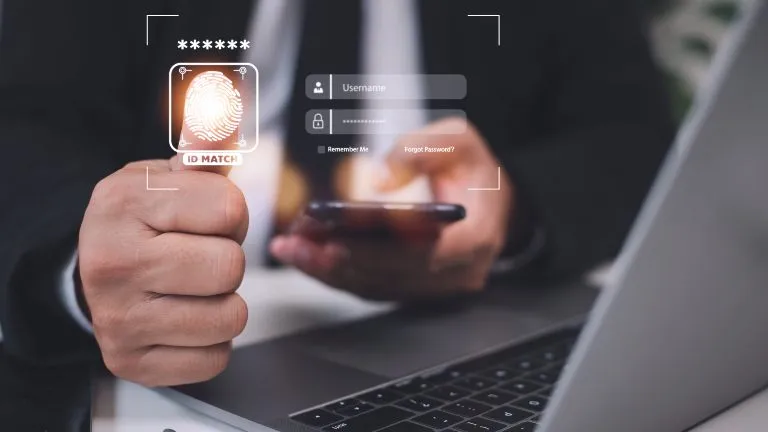Unlocking the Secrets: A Deep Dive into Authentication and Authorization
Introduction
As enterprises forge ahead into the realms of digital transformation, marked by the prevalence of robust cloud-based systems and the ever-increasing demand for stringent online security, the tandem use of authentication and authorization becomes increasingly pivotal. Often used interchangeably, these terms actually signify distinct security processes that are crucial for safeguarding digital ecosystems. In the realm of customer identity and access management (CIAM), authentication takes center stage in verifying a user's identity, confirming the user's claim to be who they say they are.
Conversely, authorization steps in to validate whether the authenticated user possesses the necessary access rights to execute specific functions. This dynamic duo, authentication, and authorization, form the backbone of cybersecurity measures, diligently working to fortify the defenses against potential breaches and unauthorized access to sensitive data assets.
What is Authentication?
Delving into the realm of digital security, authentication stands tall as the gatekeeper, ensuring that users are precisely who they claim to be. At its core, this process revolves around validating identity, often accomplished through the age-old method of passwords. When the entered password aligns with the associated username, the authentication dance commences, signifying a valid identity and granting access to the user. However, the landscape is evolving, and enterprises are increasingly embracing passwordless authentication. This transition ushers in a new era where modern techniques such as one-time passcodes (OTP) via SMS or email, single sign-on (SSO), multi-factor authentication (MFA), and biometrics take center stage, elevating the security paradigm beyond the confines of traditional passwords.
Types of Authentication
1. Password-based Authentication
2. Multi-Factor Authentication
3. Two-Factor Authentication
4. Biometric Authentication
5. Token-based Authentication
Advantages of Authentication
1. Enhanced Security
2. User Trust and Confidence
3. Regulatory Compliance
4. Reduced Fraud and Identity Theft
5. Customizable Access Control
What is Authorization?
The digital realm operates as a fortress, and at its core lies the pivotal sequence of authentication and authorization. Once a user's identity is confirmed through robust authentication processes, the stage is set for the authorization phase. Consider the scenario within an organization, where an employee's identity is verified using ID and password authentication. As the narrative progresses to authorization, the employee is strategically granted access rights to specific resources, such as databases and funds. This meticulous allocation of access rights serves as a critical security measure, ensuring that employees have precisely the permissions needed to fulfill their roles within the organizational structure.
Types of Authorization
1. Role-Based Authorization
2. Attribute-Based Authorization
3. Rule-Based Authorization
4. Mandatory Access Control (MAC)
5. Discretionary Access Control (DAC)
6. Role-Based Access Control (RBAC)
Advantages of Authorization
1. Enhanced Security
2. Granular Access Control
3. Compliance and Auditing
4. Reduced Human Errors
5. Scalability and Manageability
6. User Experience
Authentication vs Authorization: Understanding the Techniques
Delving into the intricacies of cybersecurity, the distinction between authentication and authorization becomes a crucial focal point for CIAM administrators. It is imperative for these administrators to grasp the essence of both authentication and authorization, understanding how they complement and differ from each other. To illustrate, consider an organization that grants all its employees access to workplace systems – this is the realm of authentication.
However, not everyone is entitled to access the gated data within those systems – this is where authorization comes into play. The seamless integration of robust authentication and appropriate authorization techniques becomes the linchpin in safeguarding the organization, allowing for streamlined access that enhances workforce productivity.
Conclusion
In conclusion, the integration of centralized identity and access management solutions, exemplified by cloud-based platforms like LoginRadius, emerges as a pivotal strategy for ensuring robust authentication and authorization within organizational frameworks. By verifying authoritative user identities and automating privileges based on pre-defined roles, such solutions streamline and enhance the security landscape. The efficiency gains are substantial, as the elimination of manual permission definitions translates to time savings, reduced backlogs, and an overall hassle-free user experience.
